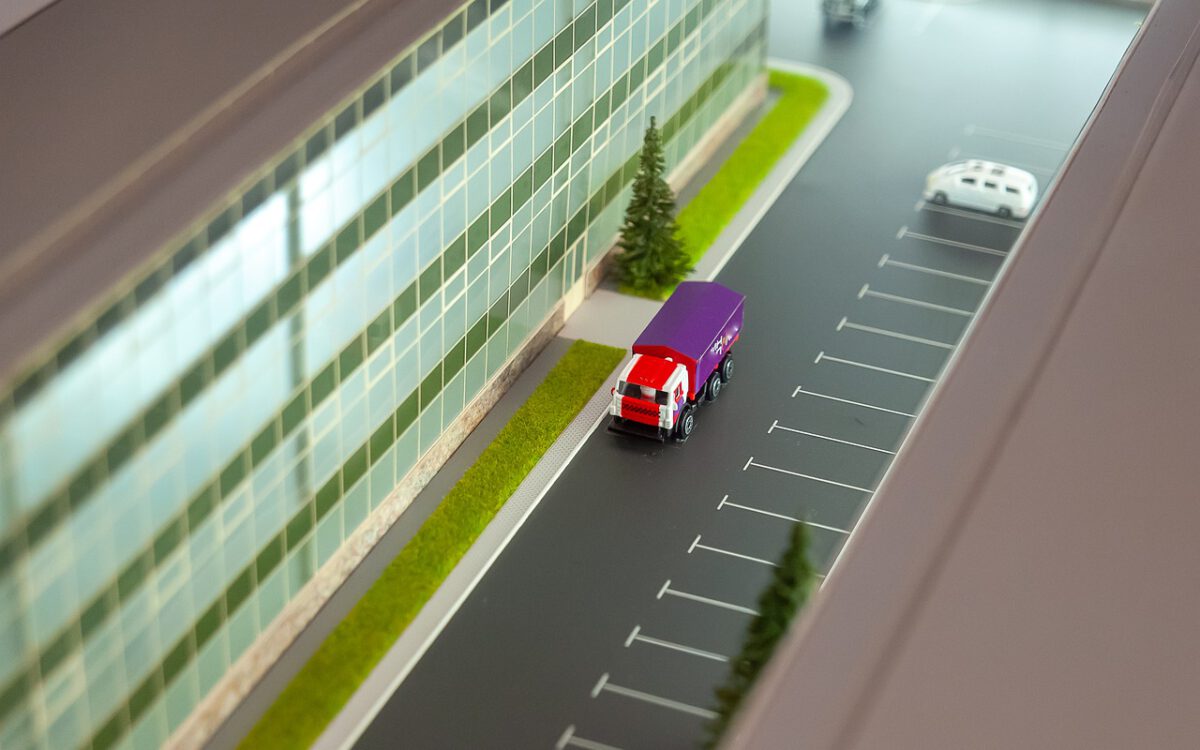Measure twice, cut once
Architectural model is a three-dimensional image of a projected or existing structure, an architectural ensemble, a city. Models are created in order to check the architectural composition, the consistency of parts of the structures, to visually familiarize themselves with the linking of the terrain and the main volumes and very often accurately reproduce the original in detail. To appreciate these qualities, interior models are used in interior design. Models help architects and developers to quickly and visually familiarize potential customers and clients with an existing or prospective architectural project.
Types of models
- Conceptual – necessary for presenting an idea of an architectural solution, demonstrating functionality and benefits to potential consumers or investors. Such layouts are of low detail;
- Urban planning – models of the current or planned development of the district and the city, they show the location of objects on a large territory. They have low detail, movable elements are usually absent;
- Planning – show a plan of changing the architectural appearance, both of a separate facade and of an entire block.
- Situational – demonstrate certain situations, can represent the stages of building an object, features of the operation of buildings and structures.
- Landscape – demonstrate the features of the relief, elevation differences, the presence of various natural and man-made objects in the area;
- Panoramic – layouts on which important details are highlighted in close-up, therefore, in such layouts, they make LED backlighting, add moving elements;
- Interior – illustrate different interior solutions, have a high level of detail of objects.
Architectural models are made in different scales (1: 1000, 1: 500, 1: 250, 1: 200, 1: 100, 1:50, 1:25, 1:20). Typically, model making occurs using a various types of plastic, foam board, ordinary cardboard, paper, and also often there are models made of wood or papier-mâché.

